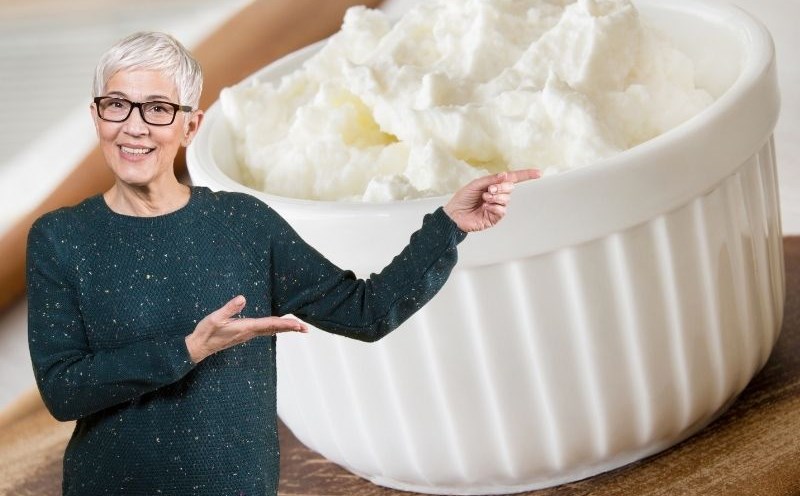Nutritionist Vidhi Chawla, founder of Fisico Diet and Aesthetic Clinic (India) analyzed the processing method, nutritional content and safety of these two types of milk.
Raw milk
Raw milk is unprocessed milk from cows, goats or sheep. Raw milk is high in protein, fat, calcium and minerals and contains enzymes and probiotics that are beneficial to the digestive system.
Taste and Flavor: Raw milk has a richer flavor than pasteurized milk because it is unprocessed.
Enzymes and probiotics: Raw milk contains enzymes like lactase, which can help digest lactose. Raw milk also contains natural probiotics.
Safety: According to nutritionist Vidhi Chawla, raw milk poses some health risks. Among them, it can contain disease-causing bacteria such as salmonella, E.coli, and listeria.
“These bacteria can lead to foodborne illnesses, which can be serious, especially for vulnerable groups such as pregnant women, young children, the elderly and those with weakened immune systems. Symptoms of illnesses associated with raw milk can include nausea, vomiting, Vietnamese sausagey diarrhea and abdominal pain,” says nutritionist Chawla.
Enzymes and probiotics: Pasteurized milk is heated to kill bacteria while retaining much of the milk's original flavor and nutrients.
“While pasteurization can kill harmful bacteria, it can also reduce levels of some heat-sensitive nutrients like B vitamins. However, essential nutrients are still present to support health. Pasteurized milk is still a good source of calcium and vitamin D,” explains Chawla.
Safety: The main advantage of consuming pasteurized milk is safety. By eliminating disease-causing microorganisms, it can reduce the risk of food-borne illness.
What should you choose?
While raw milk has a rich taste, pasteurized milk is free of harmful bacteria. Nutritionist Chawla notes that, for the general population, pasteurized milk is safer and more affordable.











